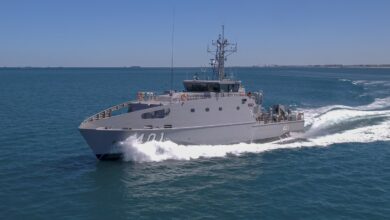Australia Trials Faster Training Course for Army Recruits
The Australian Department of Defence is testing a new military course that speeds up the training process of army recruits by 25 percent.
Currently in its second trial stage, the Army Initial Foundation Training incorporates three 21-day modules to advance newcomers through induction, combat principles, and foundational warfighting with similar lessons provided by the service’s traditional recruit course.
The army said these training updates are required to rapidly prepare additional personnel if needed.
“The trials we are running at Kapooka are showing us that we can continue to generate well-trained soldiers in less time by making some changes to the way we have done business in the past,” Land Combat College Commandant Brig. Jason Groat explained.
“If there are areas where we need to make adjustments, we will do so.”
Army Initial Foundation Training
Army Initial Foundation Training is designed to streamline practices for full and part-time recruits.
After becoming operational, the program will be integrated into the initial entry training or IET for staff cadets joining the Royal Military College in Duntroon starting January next year.

The program’s Module A covers combat behaviors and mandatory training requirements. Finishers will take further training under their respective units before undertaking IET courses.
Module B focuses on service mastery and additional combat behavior applications. In this stage, recruits will gain more weapon qualifications and combat marksmanship up to Rifle Practice 3A, as well as additional physical conditioning and resilience training.
Meanwhile, Module C will set full-time recruits to foundations of warfare skills and other requirements prior to the IET related to their future trade and corps.
“The Army could rapidly generate Module A qualified soldiers in response to a large-scale natural disaster or pandemic,” Groat said.
“Another possibility enabled would be the rapid upskilling of Reserve soldiers in response to other strategic circumstances.”












